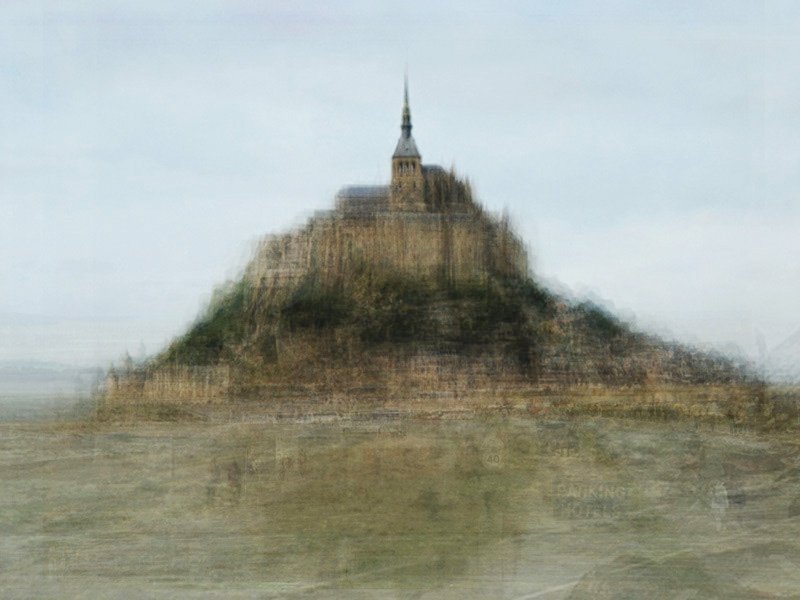PRESS: Machine Vision
Alternate Realities
Candela Gallery’s Machine Vision surveys tech-based artists and the dissolving boundaries within modern photography.
KAREN NEWTON
Adam Chin, Kiss #17, 2021. Diptych, Selenium-toned Gelatin Silver Prints, 25 x 17 inches, Framed. Edition 1 of 10. INQUIRE>
It’s hardly an overstatement to say that the ability to use machines to mediate images means a major disruption to photography.
In a recent New York Times opinion piece, Israeli historian Yuval Noah Harari wrote, "A.I. [artificial intelligence] could rapidly eat the whole of human culture — everything we have produced over thousands of years — digest it and begin to gush out a flood of new cultural artifacts.”
“Machine Vision” at Candela Gallery is a sobering look at what that revised reality and its new cultural artifacts are shaping up to resemble. The survey of tech-based artists features photographers using robotics, artificial intelligence, and public surveillance cameras, as well as unconventional cameras such as scanners, computer monitors, X-rays and digital composites of appropriated, web-based images.
The exhibition eases the viewer into such technological artistry with Adam Chin’s “Photobooth Kiss” portraits, which at first glance appear as a contrast in sharpness. In each diptych, one side shows two people smiling inside a photobooth while next to it, is a blurred image suggesting the two are kissing, or dissolving. To create the latter, Chin employed a machine learning network, training it by using a database of vintage photobooth strips.
With a sample of 200 images, Chin taught the network what non-kissing and kissing images could look like. Feeding the network photos which didn’t have a kissing counterpart allowed the machine to use its new knowledge to fill in the blanks. Blurry and pixelated, some of the images nonetheless suggest an intimacy that may never have happened. “It’s an alternate photographic reality,” says Candela’s director Gordon Stettinius.
The article continues at Style Weekly. Read More >
Corinne Vionnet, Mont St. Michel, 2007. Archival Pigment Print, 14.75 x 19.75 inches, Framed. Edition 2 of 6. INQUIRE>


